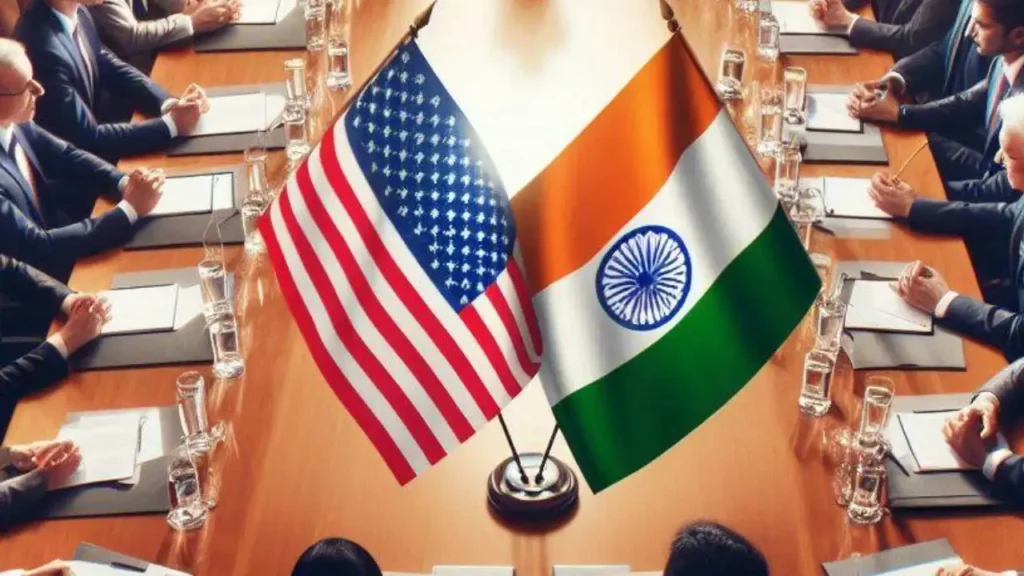India and the U.S. to Hold Formal Talks on Bilateral Trade Agreement


India and the United States are poised to begin formal negotiations on a comprehensive Bilateral Trade Agreement (BTA), marking a pivotal step toward deepening economic cooperation and addressing key trade issues. The talks are expected to commence in the coming weeks, with the aim of concluding the initial phase of the agreement by the end of 2025.
The announcement follows a series of high-level engagements, including Prime Minister Narendra Modi’s recent visit to Washington, D.C., during which both countries committed to expanding bilateral trade to $500 billion by 2030. The proposed agreement will focus on reducing tariffs, improving market access, and boosting supply chain resilience to drive mutual economic benefits.
Indian Commerce Minister Piyush Goyal highlighted the compatibility of the two economies, suggesting that both sides are in a position to offer meaningful concessions. He emphasized that the negotiation process will be inclusive, involving key stakeholders to ensure a fair and balanced outcome.
Negotiators from both nations will focus on several high-priority areas during the BTA talks:
Market Access: Plans to eliminate non-tariff barriers and facilitate smoother entry for goods and services into each other’s markets.
Tariff Reforms: A concerted effort to lower duties on a wide array of products, including agricultural items, manufactured goods, and tech-based services.
Supply Chain Resilience: Initiatives to bolster connectivity and integration between the two economies, enhancing their ability to weather global disruptions.
Digital Trade: With the digital economy playing an increasingly critical role, the agreement will include provisions to ease cross-border data flows and address regulatory concerns.
The BTA holds the promise of substantial economic gains for both nations, potentially boosting exports, generating employment, and accelerating GDP growth. However, key concerns such as existing trade imbalances and sector-specific vulnerabilities remain on the table.
India’s Finance Secretary Ajay Seth has warned that recent U.S. tariffs could dampen India’s GDP growth by 0.2 to 0.5 percentage points. The trade agreement is therefore seen as essential to counter these adverse effects and foster a more equitable trade relationship.
These negotiations come amid significant shifts in the global trade landscape. During a recent trip to India, U.S. Vice President JD Vance stressed the strategic importance of enhancing U.S.-India ties, especially in defense, energy, and trade. He warned that without strong bilateral cooperation, the global future could be fraught with uncertainty.
The BTA is also viewed as a key element in the broader Indo-Pacific strategy, aimed at countering China’s expanding economic influence and reinforcing regional stability. Both nations see this agreement as not just a commercial opportunity, but a strategic imperative.
The initiation of formal BTA negotiations marks a notable development in U.S.-India relations, signaling a commitment to long-term economic and strategic collaboration. While hurdles remain, the willingness to engage in structured dialogue and compromise bodes well for a successful outcome.
As the talks progress, industry leaders, policy analysts, and international observers will be watching closely, hopeful that the eventual agreement will pave the way for a more integrated and prosperous future for both nations.